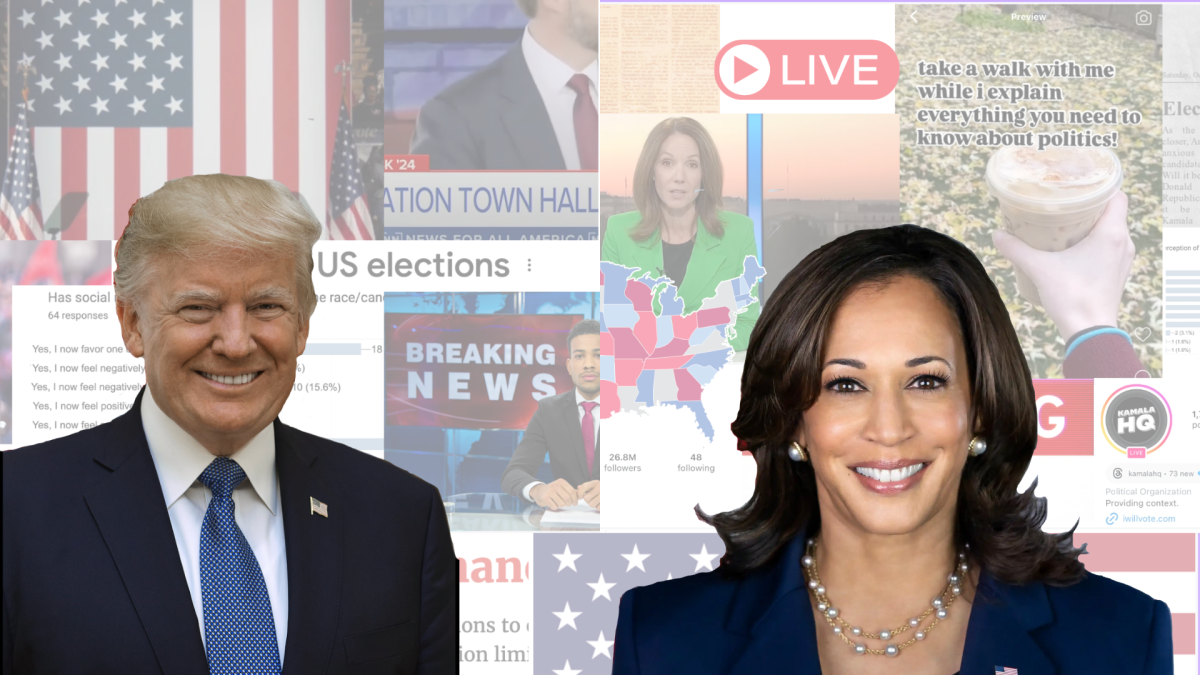In the 1952 presidential election, an average American may have gotten their political news from someone like Walter Cronkite, anchoring a news channel’s televised coverage of the election. Now, an average American may get their political news from TikTok. While the traditional journalistic coverage of elections hasn’t faded completely, more unconventional techniques like using memes to stoke public interest or granting interviews with social media personalities have seemed to take center stage for many.
As the 2024 presidential election draws closer, news coverage ramps up–which is made all the more nuanced in an age of record low media trust and swirling misinformation. Generally, coverage of the 2024 presidential election has often been characterized by political polarization, unconventional tactics to draw in voters, and an embrace of digital platforms. The latter is a trend noted by professionals and youth alike.
“I do think that because of [political coverage] coming to [TikTok or Instagram], they’re trying to really influence the youth. And I definitely think the votes from 18 to 25-year-olds [are] really going to influence how this election turns out,” sophomore Arwen Patell said.
This lends credence to the fact that while social media campaigning and coverage is far from new, it’s taken on a new face in the 2024 election. This is displayed in two major areas: official campaigning, and engagement with political news online. In the 2024 election, official campaign strategies on social media have been more unconventional, attempting to appeal to younger voters by using memes, tying candidates to relevant pop culture references (most notably Vice President Kamala Harris’ campaign association with pop star Charli XCX’s notoriously popular album “Brat”), and favoring a more humorous, slang-infused style on particular social media platforms.
Breena Brockmann, a visiting assistant professor in Communication Studies at Gustavus Adolphus College, sees this as a tactic for campaigns to take on the norms or conventions of the social media platforms they’re using. “I think we’re seeing a lot of humor used as a strategy to discredit a candidate’s opponent, and also as a way to kind of connect with supporters or potential supporters, and kind of create that identification between the candidate and the people who are watching social media,” Brockmann said.
In addition to official campaign strategies, engagement with political news online is also a notable aspect of election coverage. Social media platforms have become one of, if not the main, source of political news for many youth voters. In fact, 44.8% of all respondents to the voluntary Knight Errant survey reported that TikTok specifically was at least one of their sources for political information. Freshman Addy Hilger is one of those students. “I get ads and people [who are] just talking about laws and rules. Then there’ll be clips of podcasts and clips of media that they put on there. And also…there’ll be campaigners trying to make trends,” Hilger said.
This ability for almost anybody to engage with political news on social media, especially during this election cycle, illustrates a broader trend according to Brockmann. She believes that it lowers what scholars call an “entry barrier” to political discourse.
“I think social media has made political discourse or political conversation a lot more participatory, or collaborative might be another word…If you go on social media while a [presidential] debate is happening, it’s being critiqued, it’s being discussed, kind of in real time, [in] those posts by what we might think of as traditional experts. So you know, reporters, campaign officials, spokespeople for campaigns, those are appearing in people’s feeds right alongside commentary, analysis, [and] opinion from everyday citizens,” Brockmann said.
Benjamin Toff, an associate professor at the Hubbard School of Journalism and Mass Communication at the University of Minnesota, has a relatively similar viewpoint to Brockmann. He sees journalism as being spread through different conduits now than in the past, where it was common for messages to be delivered directly to the public from established broadcast stations.
“I think what’s different is the reach of that journalism is increasingly filtered by different kinds of intermediaries, and that includes the algorithms of the platforms themselves that are determining whether people see that content as well as individual users on the platforms, whether they’re content creators or your neighbor [or] best friend, who becomes a really important conduit of whether you’re going to see that information as well,” Toff said.
However, the nontraditional forms of coverage aren’t taking over completely. More traditional news coverage, such as televised news, hasn’t disappeared. In a voluntary Knight Errant survey, 84.4% of respondents listed TV news channels as one of the sources where they get political news. The difference is that traditional news outlets are adding new tactics to adapt to the influence of nontraditional coverage, like reaching audiences on social media.
“Some are also experimenting with partnering with influencers or content creators to try to reach their audiences on those platforms, because many of them don’t have quite the same reach as some of those individual voices in those spaces. And so that’s a rather unique aspect of this particular campaign compared to even four or eight years ago,” Toff said.
In addition to the shifting roles of traditional and nontraditional media in coverage of the 2024 election, another big factor is misinformation. According to a recent Pew Research study, 73% of US adults report having seen inaccurate election news coverage “at least somewhat often.” The same study found that around half of Americans reported that generally, it’s difficult to determine whether election coverage is real or fake. Misinformation is especially a factor on social media, partially because of the speed at which misinformation can circulate online. Toff sees this trend as particularly affecting those who aren’t very connected to professional journalism as a source of credible and accurate information.
“…I think a lot of people have this feeling of just not knowing what to believe and not knowing where to turn to find accurate information. And so it puts a lot more burden on individuals to suss out what is reliable [and] what’s not, in a way that is really challenging,” Toff said.
How the unique coverage of the 2024 election will affect the election itself remains to be seen–but analyzing the coverage itself sheds light on trends within our political system and the role of journalism as a whole, regardless of the medium it’s in.


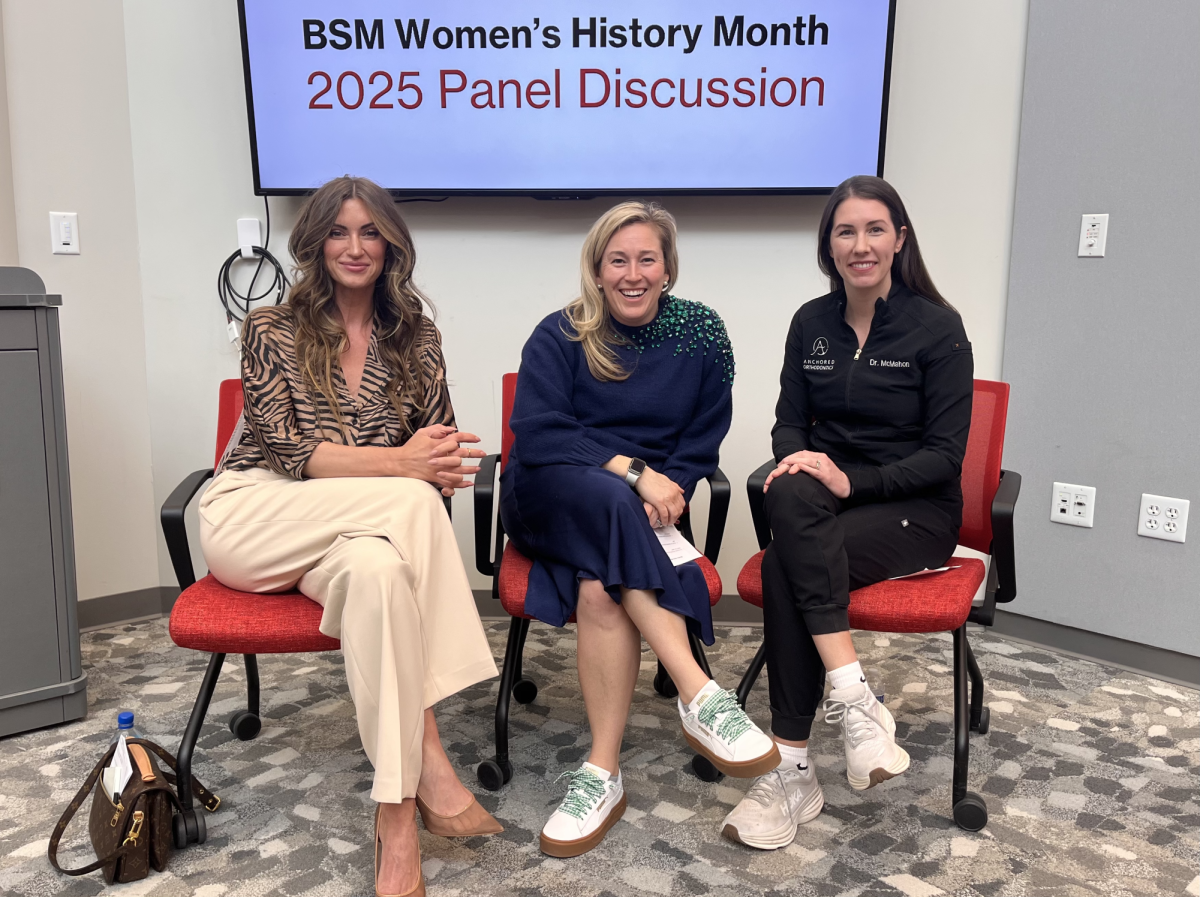
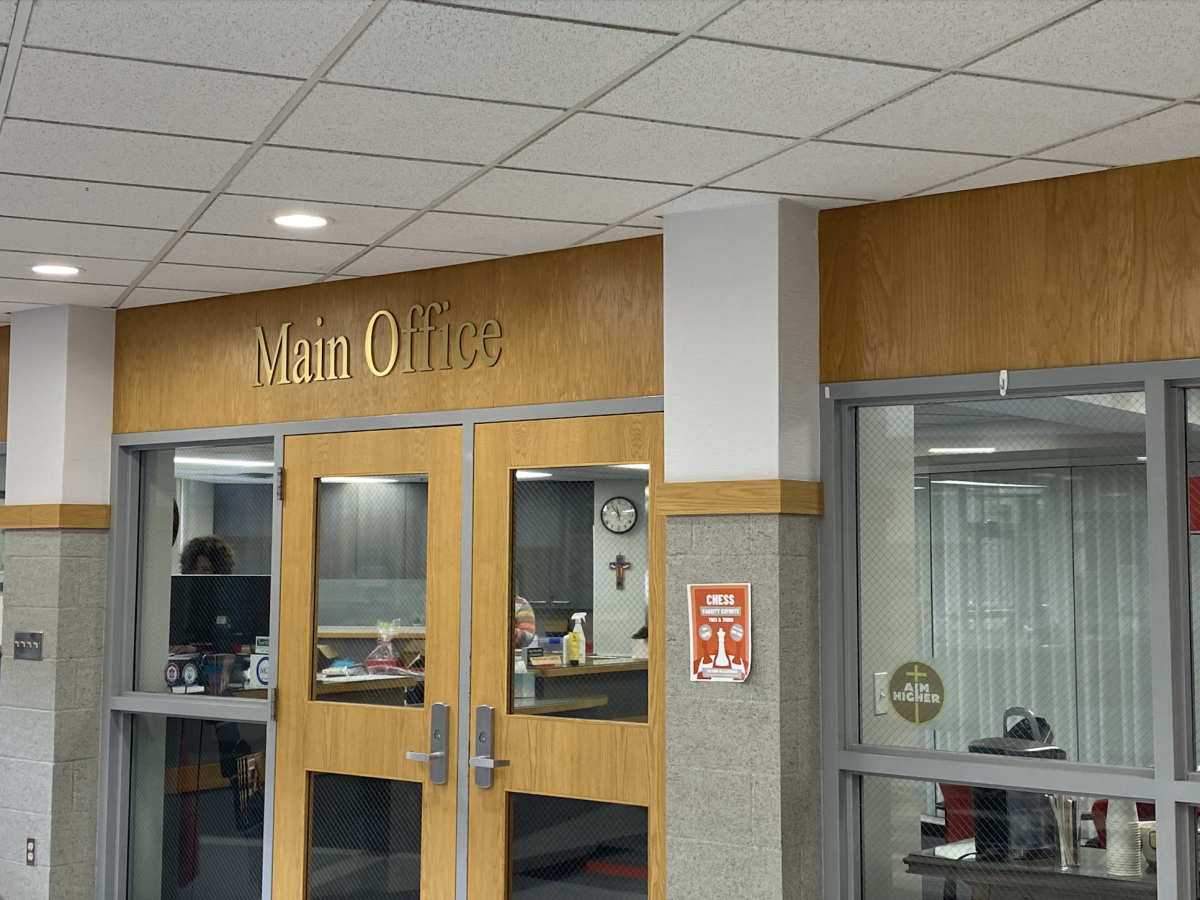
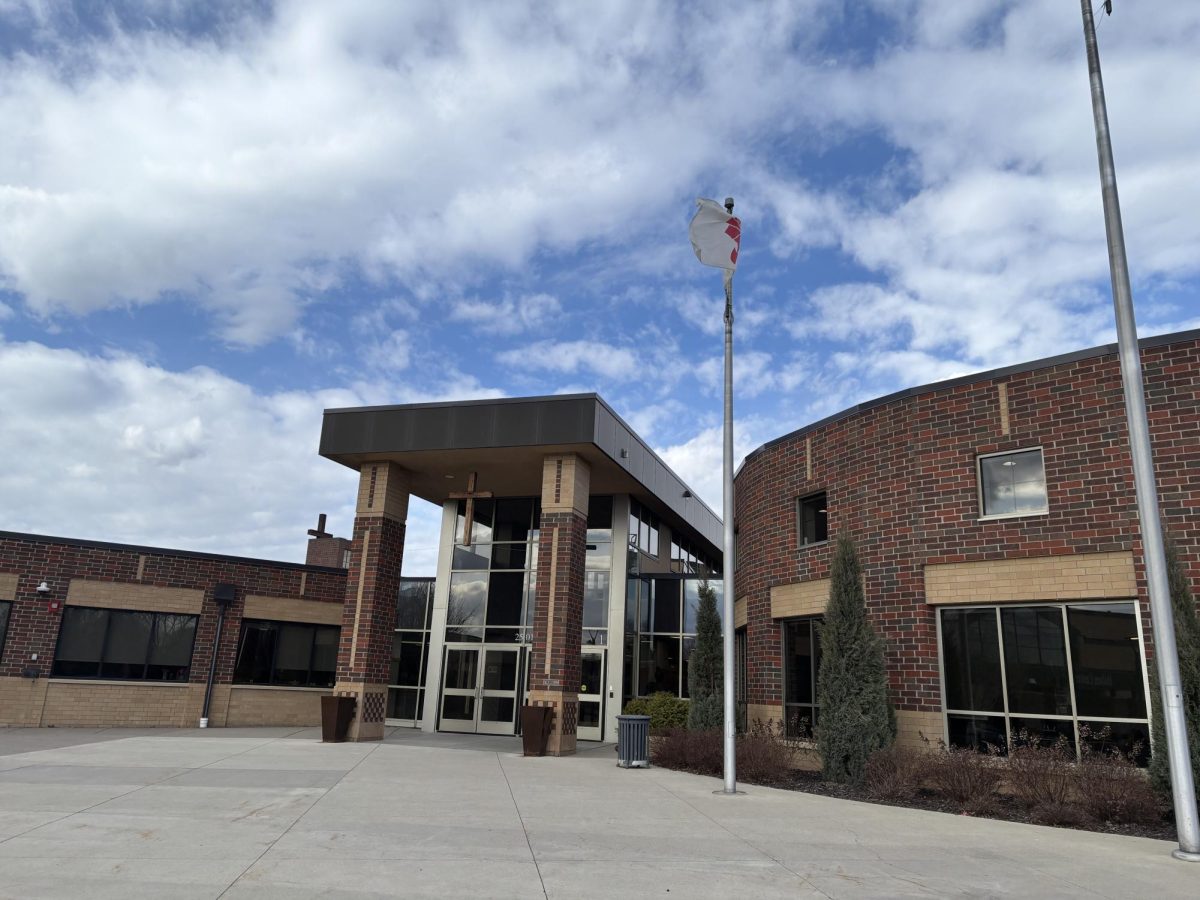

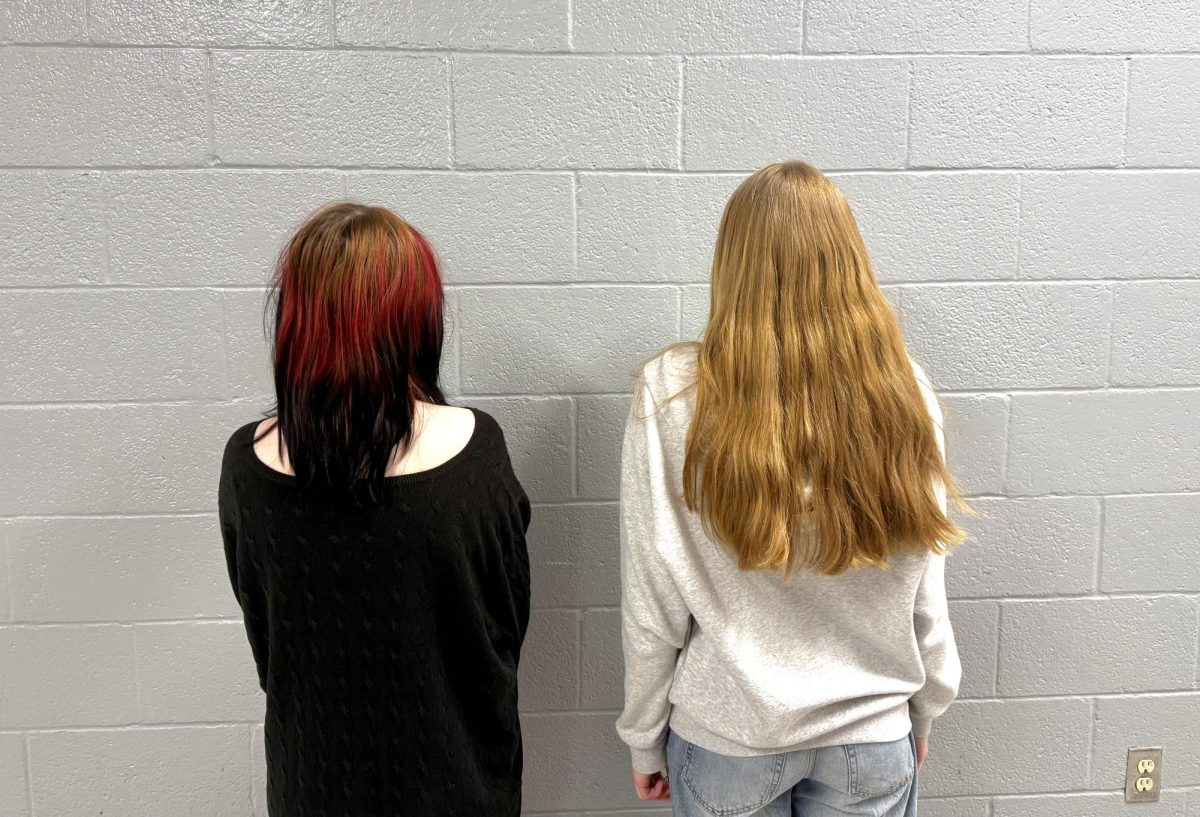
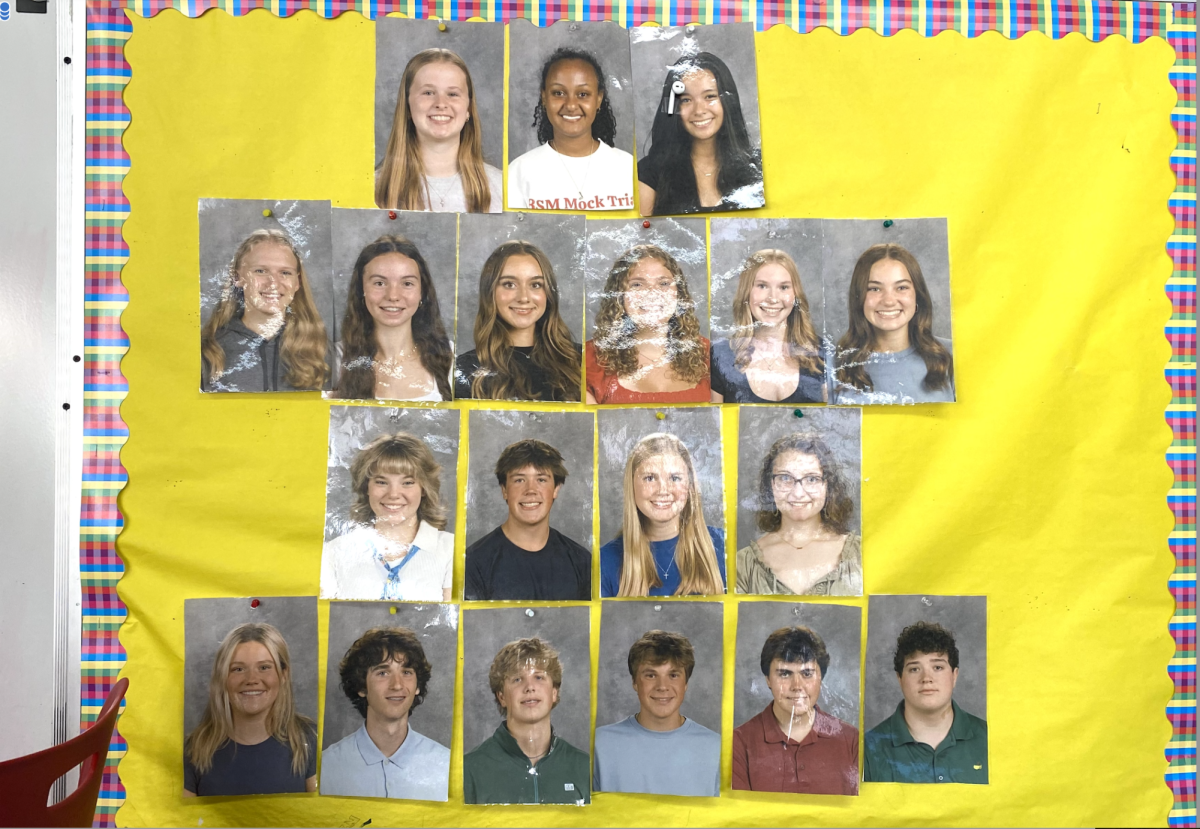
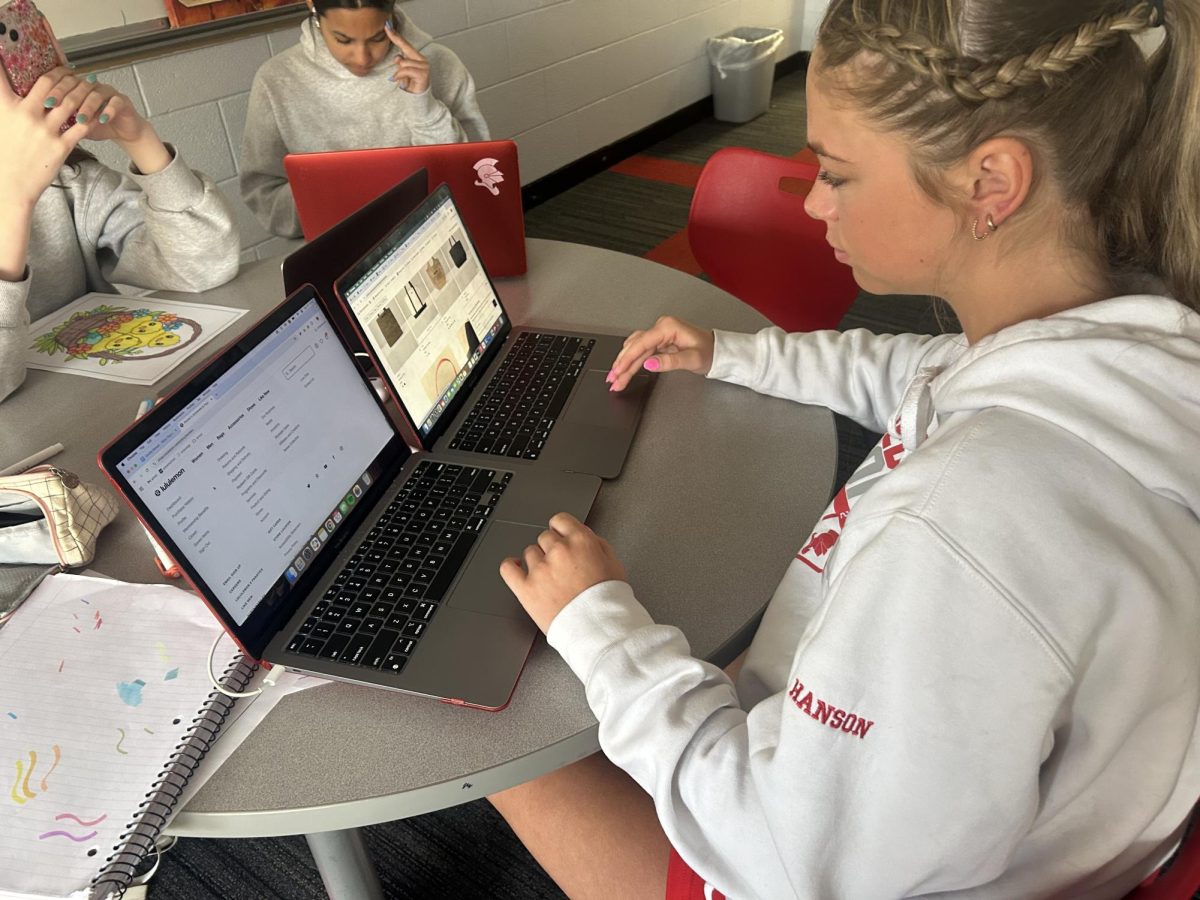
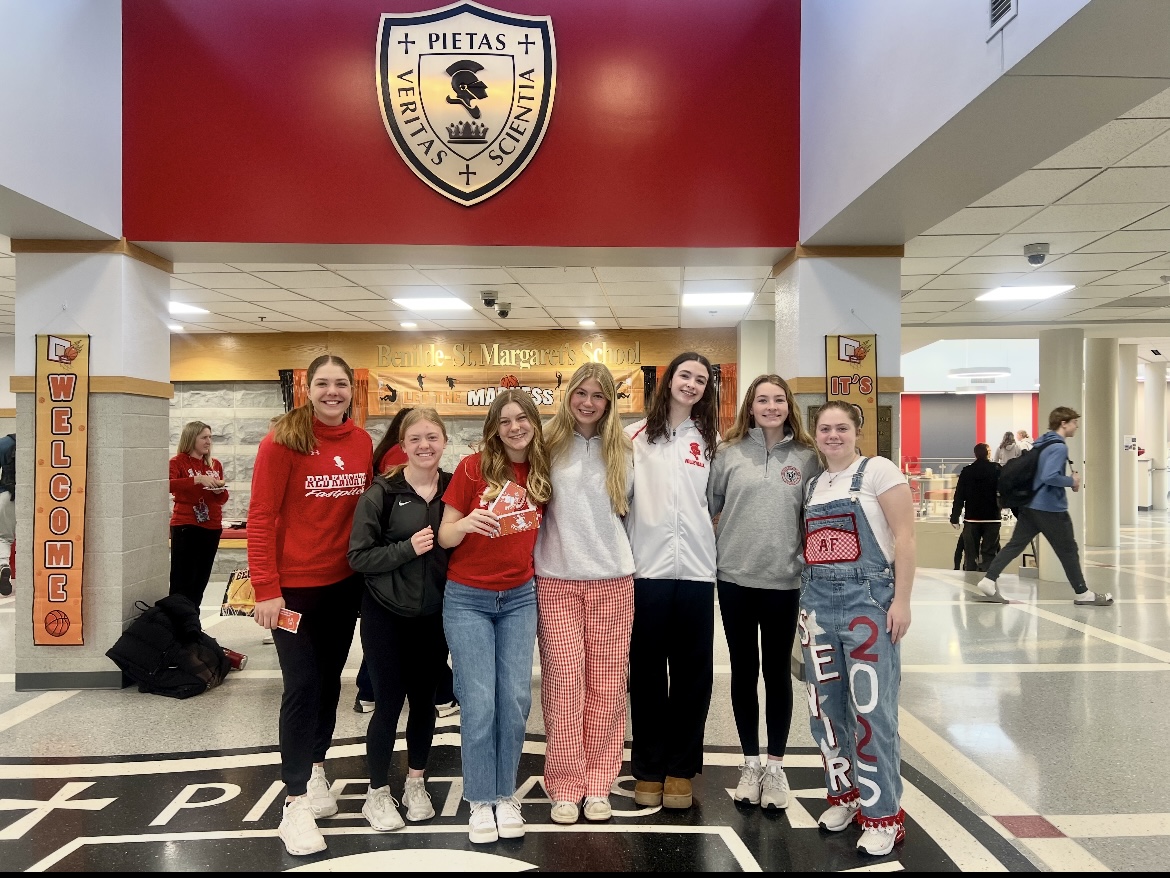
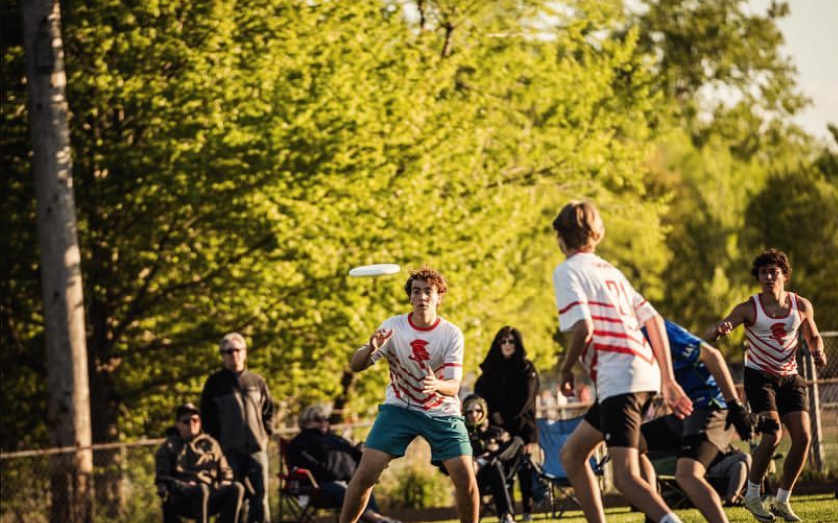




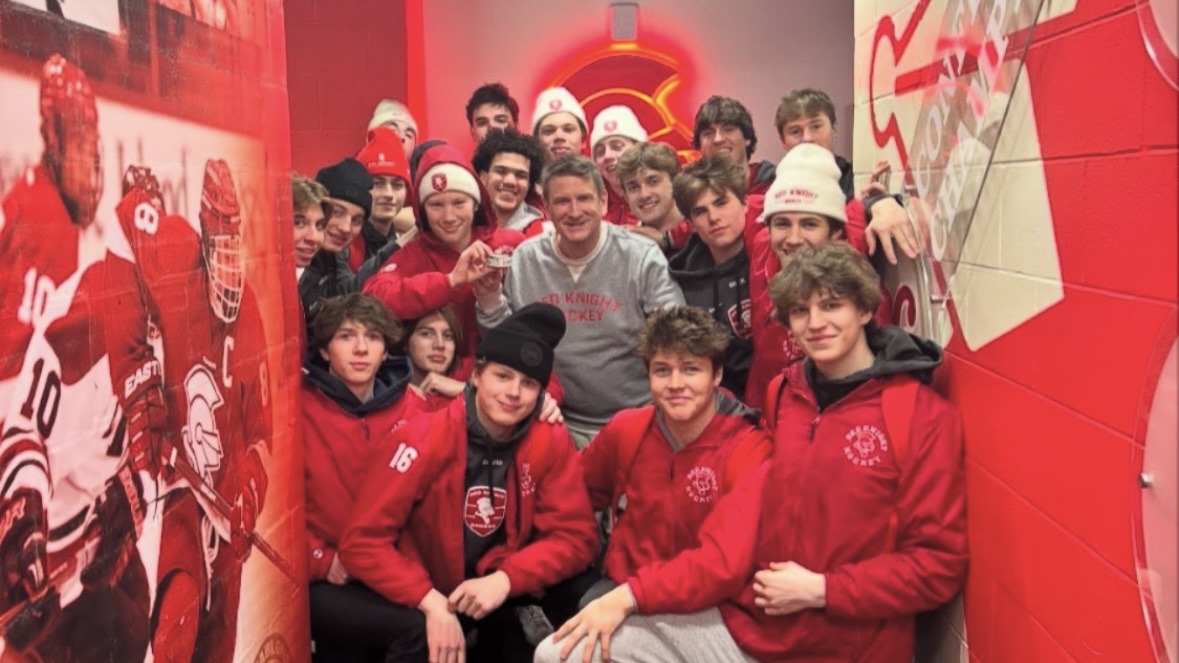







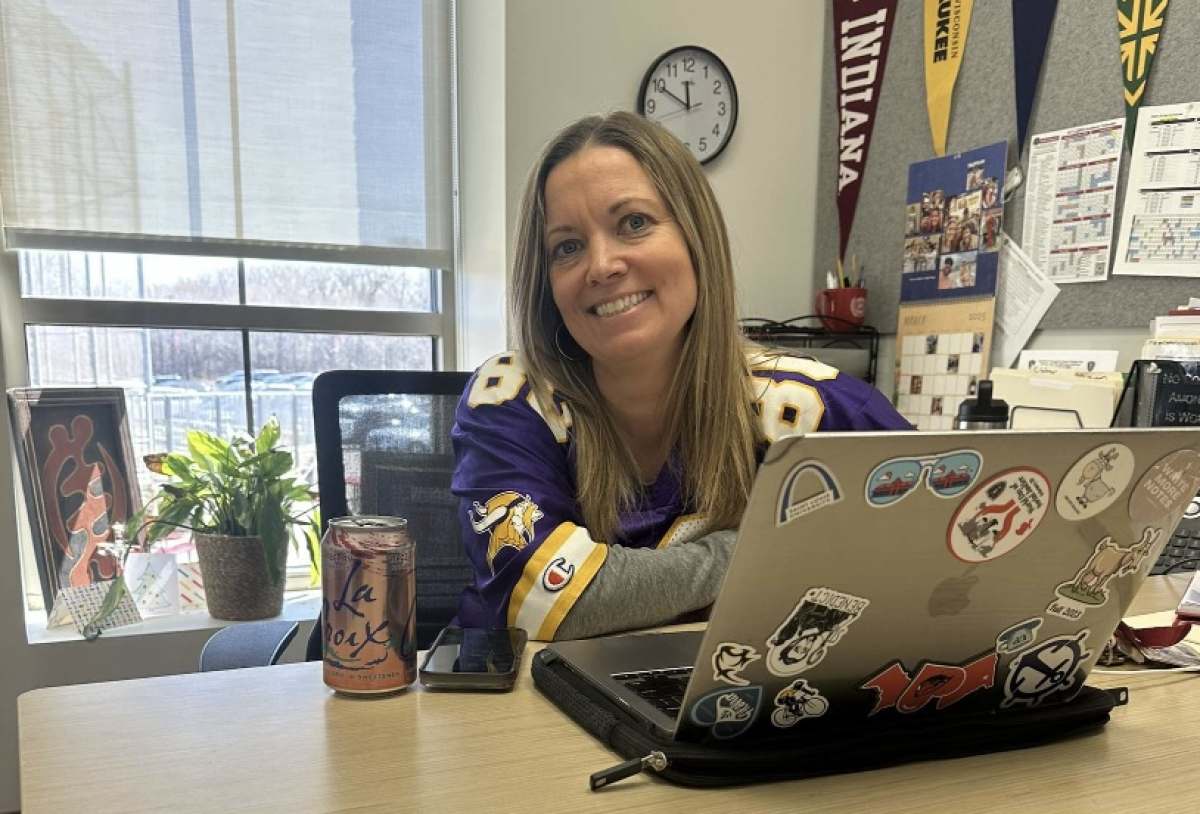
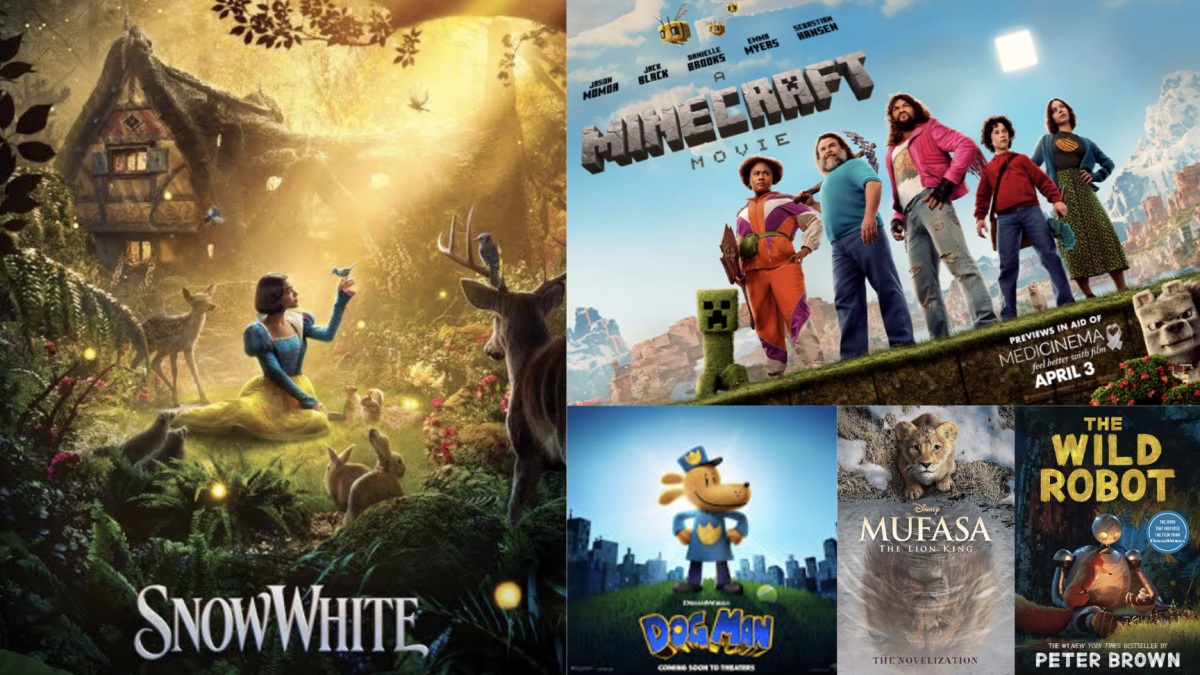
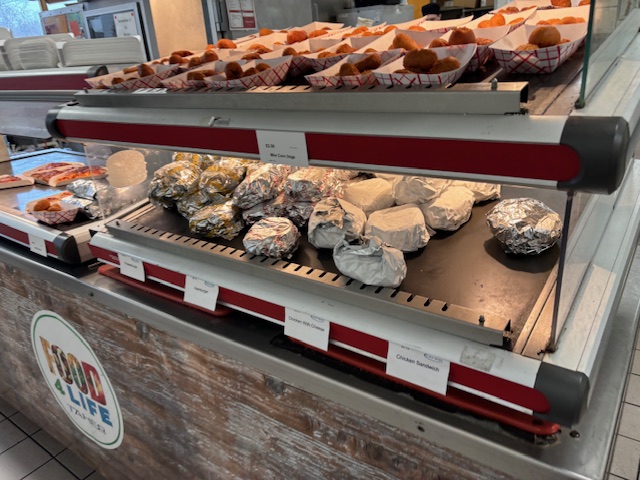



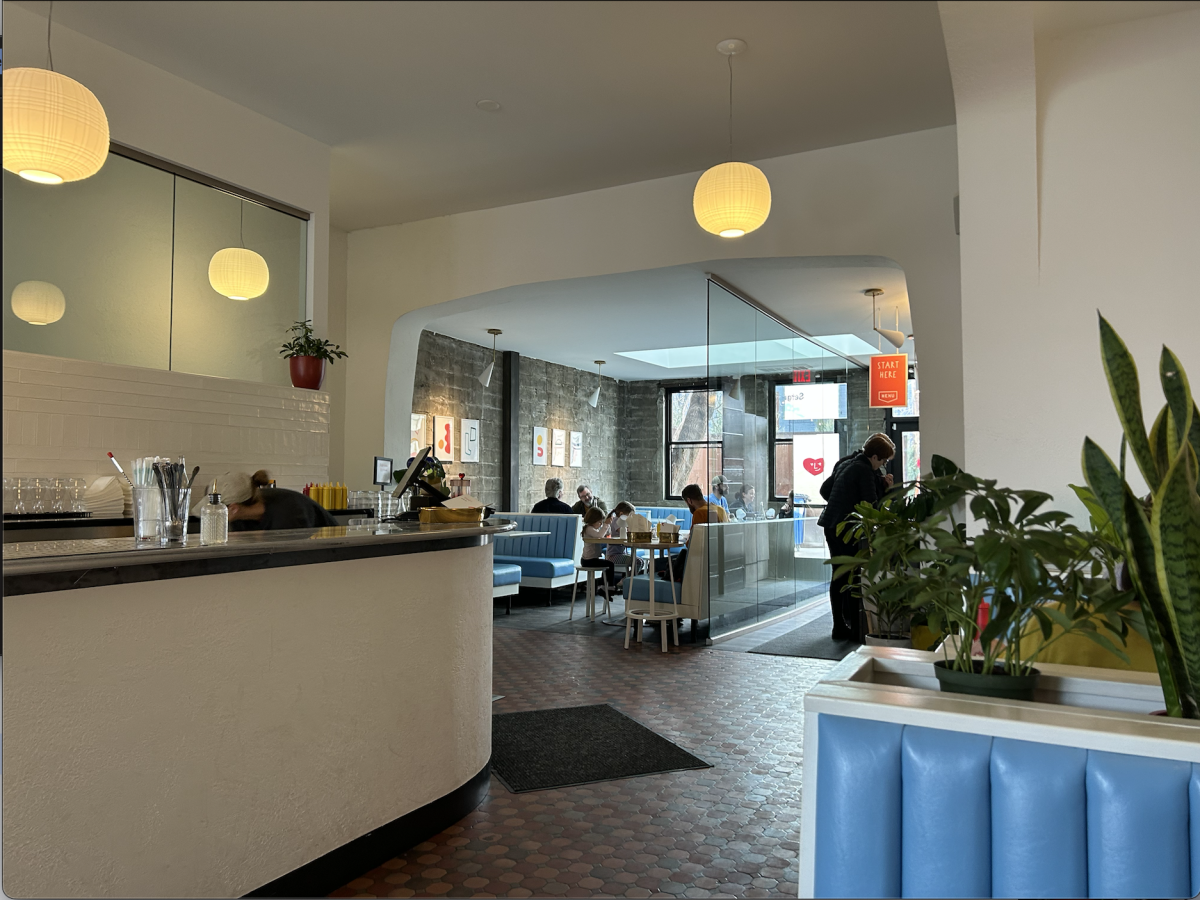
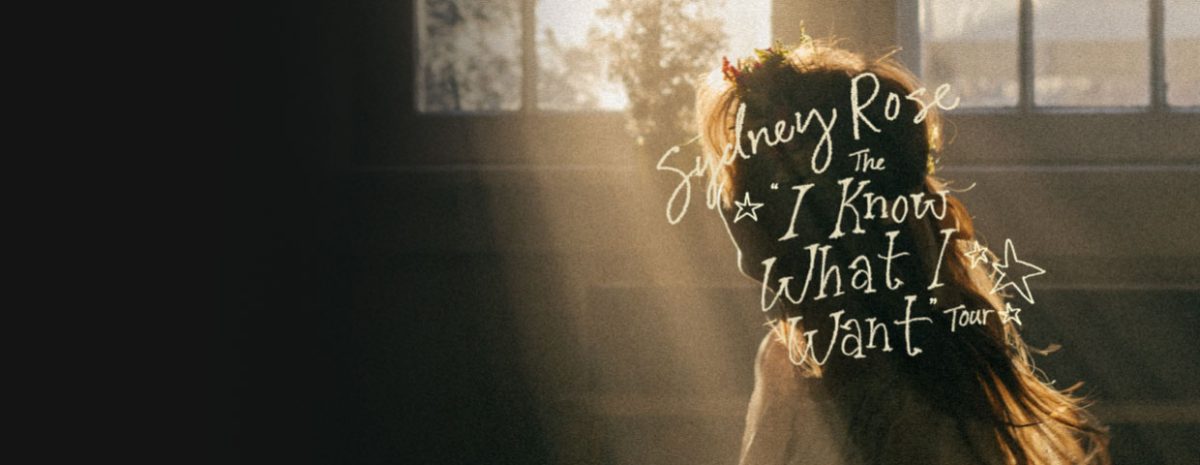





![Teacher Lore: Mr. Hillman [Podcast]](https://bsmknighterrant.org/wp-content/uploads/2025/03/teacherlorelogo-1200x685.png)





